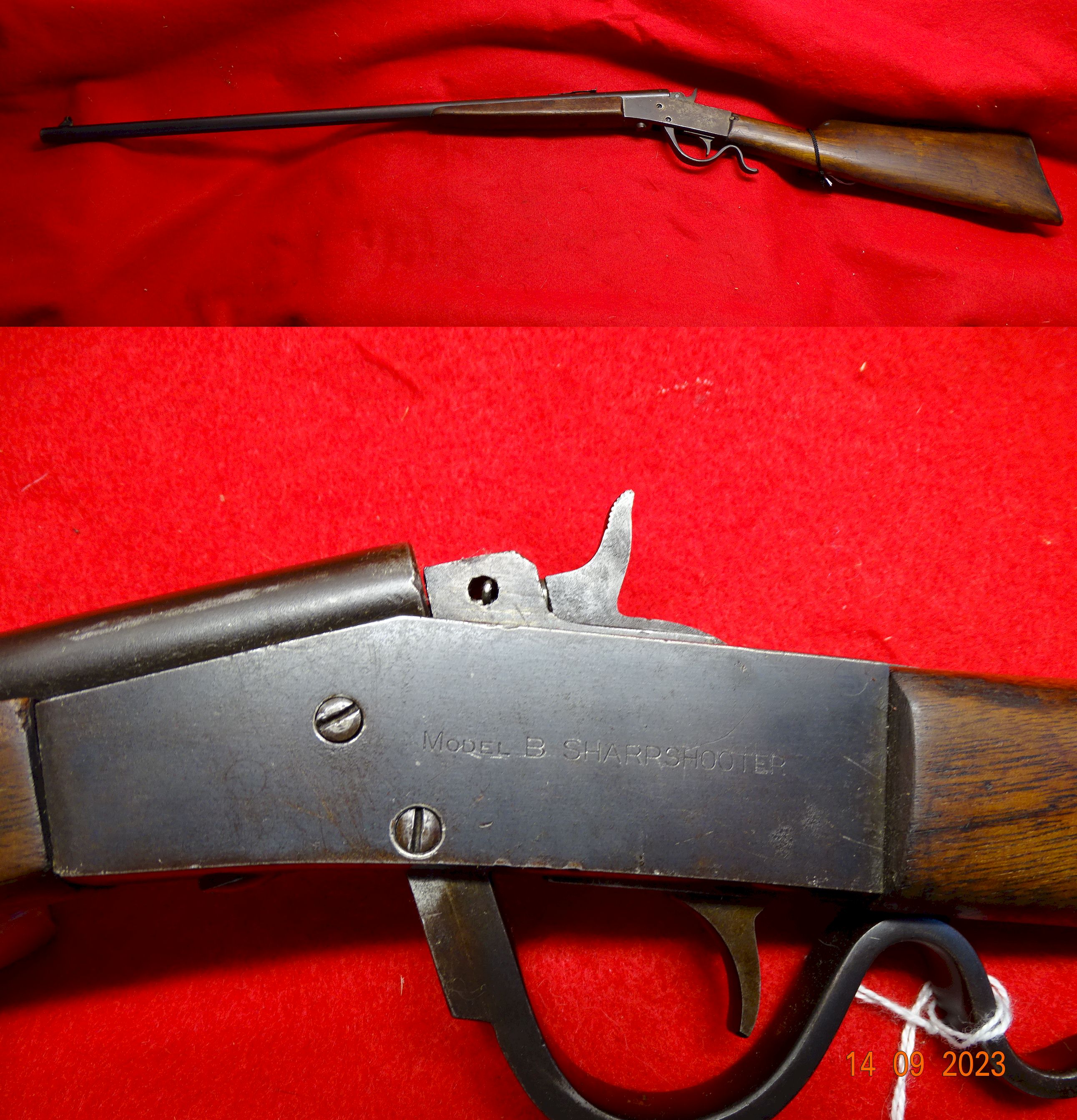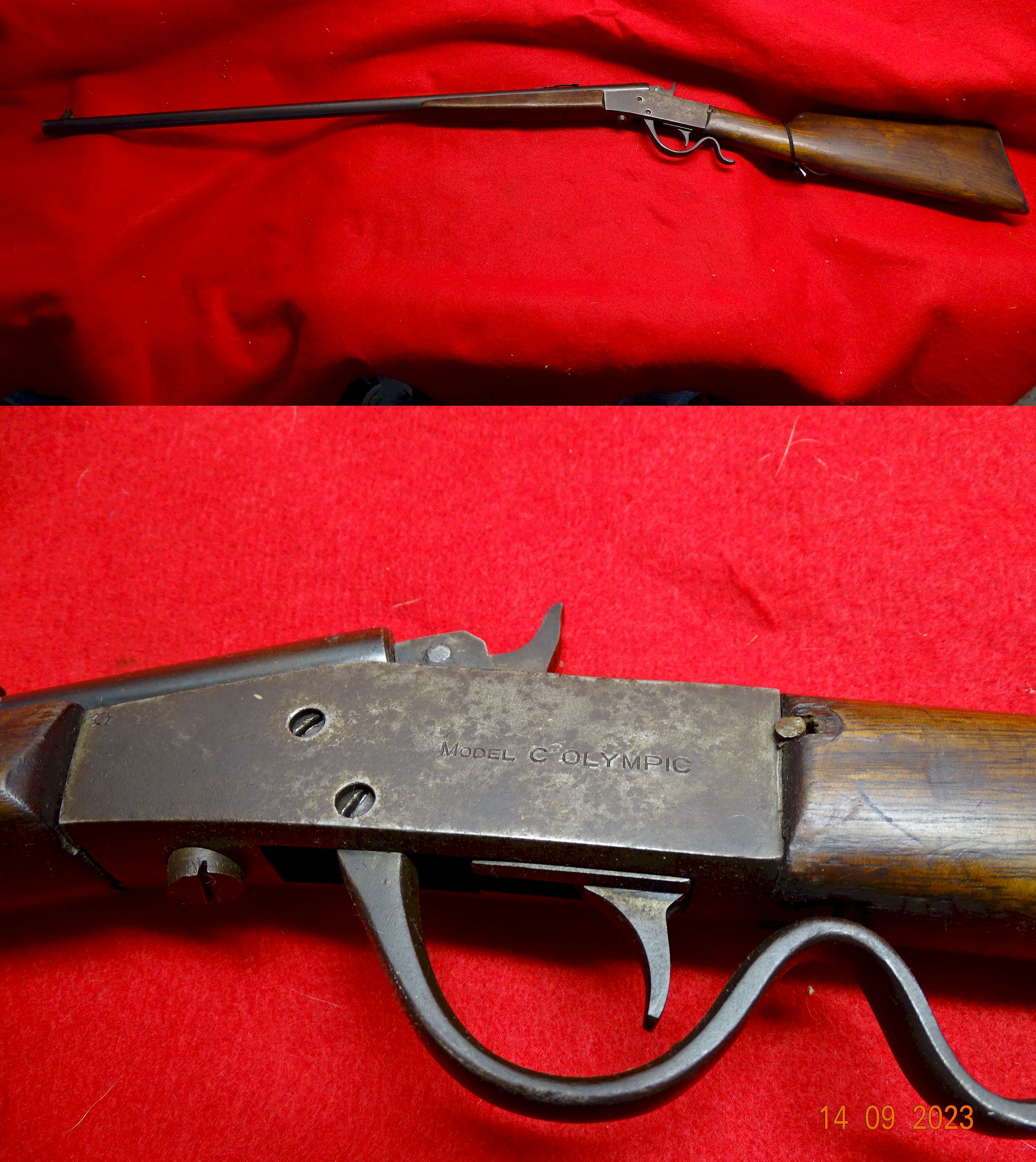
|
 |
 VISIT the GUN SHOP |
| Gun Parts for Antique Vintage Firearms |
PAGE-LEWIS PARTSThe Page-Lewis Company story is a complicated and fascinating insight into the early days of the American gun industry. Mr. Page and Mr. Lewis had been associated with Stevens then went out on their own, initially making guns for Eugene Reising. Both Page and Lewis were originally employed by Stevens in Chicopee Falls, Ma, and eventually sold their business to Savage — which had also acquired Stevens. Prior to that, Page-Lewis guns had been sold by Stevens under the company’s Springfield line of r.22 rifles. Page and Lewis were also involved with the Stevens- Druyea automobile Company, L.S. Starrett (tool makers), Hunter Arms Company, High Standard, and several other non-gun related manufacturing enterprises. People often do not realize that innovative gun-making technology was at the very core of the rise of American manufacturing and tool making success. The Page-Lewis Arms Company started business in 1921, with their factory located in the old Stevens Duryea automobile plant where they employed about 150 workers. The first shipment of Page-Lewis rifles left the factory in July of that year. Originally, the Page-Lewis Company produced simple rolling block designs. Page-Lewis introduced the Model A Target Rifle, the Model B Sharpshooter, and Model C Olympic Rifle, all in 1921. The Model A was made from 1921-26 and was a .22 caliber single shot with a 20” barrel. The gun was blued and had open sights and a walnut stock. The Model B was much the same except for a 24” barrel and longer wood forearm. The Olympic Model had improved sights on a 24” barrel. All three rifles shared the same type of under lever, falling block action which was fabricated from steel plate, and housed the lockwork inside the breechblock. A single coil spring was used to drive both the hammer and the trigger and the butt was attached by a large longitudinal bolt. Rifles could be dissembled by use of a take-down bolt which lay beneath the frame ahead of the trigger guard. The Page-Lewis design is somewhat unique because the hammer and trigger are both mounted to the breechblock and use a single spring that goes between the two. Copies of the original owners manual can be purchased at Cornell Publications. After designing and patenting the falling block, some believe that Page-Lewis made only a few (estimated <2000) of the rifles before going bankrupt, and there is scant information on how many Olympics were made. However, at Homestead parts we have a Model B with the serial number 3646 indicating that probably more than 2,000 rifles were produced during the 7-year history of this company. The Model C Olympic was manufactured from 1921 to 1926 and had a 24 inch barrel, folding aperture sight on the tang and a combination bead-and-globe/blade front sight. The Model C forearm was slightly longer and fuller than the A or B. The Model C barrel markings read: PAGE-LEWIS ARMS COMPANY CHICOPEE FALLS, MASS. U.S.A. There were also .22 L.R. Markings on left side of the frame that read : MODEL C OLYMPIC. Markings on right frame side read: PAT. APL'D FOR. Later in the 1920s the Page-Lewis Company moved into bolt action rifle production. The Model D Reliance was their initial design, made as an entry level item and was produced from 1923 through 1928. The initial list price was $5.87 (~$100 today), but the model was eventually replaced with the more refined Stevens M52. This little bolt action was a very safe and practical arm for a youth. When a cartridge was inserted into the chamber and the bolt was closed, the bolt went into a half-cock or safe position so the firing pin was not in contact with the cartridge head. Then, to fire the piece, the knurled bolt head was drawn to the rear to fully cock the rifle. However, the bolt of this Page-Lewis mechanism behaves in an unorthodox manner. When the usual knurled knob is drawn to the rear to cock it, about two thirds of the bolt body follows along and when the trigger is pulled, falls. The flat firing pin is of course attached to the long rear of the bolt body and slides in a groove milled along the outside surface of the front one third of the bolt body. In summary, the model "D was an entry level gun for junior shooters that had to be manually cocked, a desirable safety feature for youthful shooters as well as less expensive to make. This model was produced from 1923-1928 with a 20 inch barrel. When Savage/Stevens bought the assets of Page Lewis in 1928, they introduced the Model 50 Springfield Junior which was little more than a Model D with a bit larger stock and a 24 inch barrel. With the sale of Page-Lewis to Savage/Stevens in 1928, this concluded the efforts of Page-Lewis to manufacture firearms in eastern North America. There are so few remaining good examples of Page-Lewis guns, that in the future, the Collector Value can only go higher for the reaming guns. |
 0 items
0 items 

